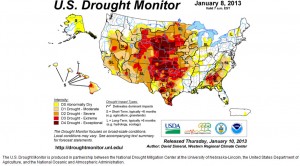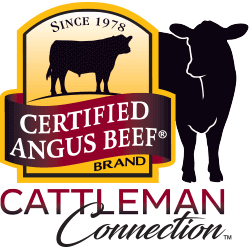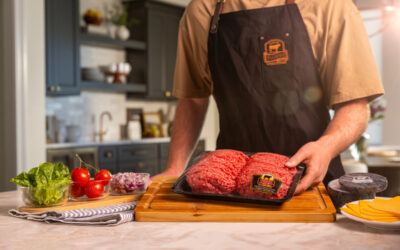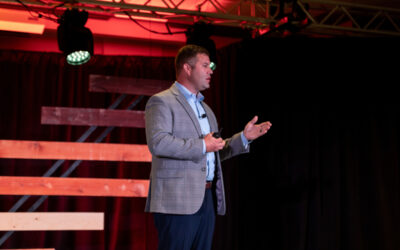
Not backing up on genetics
Regardless of what it’s done the last day or two, we know the majority of our blog readers are still worried about drought. We caught up with one Texan who has implemented a new strategy to deal with the tough choices it creates. –Miranda

Producer Marty Hughes of Goldthwaite, Texas, is trying to make the best of a bad situation. After two years of drought he has had to reduce his herd by half, and he’s probably still not done.
Although the drought forced him to wean and sell his calves early in 2012, Hughes had previously kept replacement heifers and retained ownership of the rest of his cattle through the feeding process. Generally those calves average more than 90% USDA Choice and up to 30% CAB, earning an extra $90 to $125 per head in premiums.
When Hughes realized how much culling he would have to do, he wanted to make sure he was only backing up on numbers, not genetics. Previous data pointed out Hughes’ best cows, but he needed a way to test unproven females. That was when he decided to start using the GeneMax DNA-based test from CAB.
“Right now we want to make sure we aren’t selling our tip-top females,” Hughes says. He’s using the test to index heifers and first- and second-calf young cows that have not had any feedyard data returned.
So far, after testing nearly 100 animals, the results have created a learning experience.
“I think I can look at cattle and know which ones I would like to keep, but some of the test results came back differently than I expected,” he says. “Now we’ve culled some of those heifers because they didn’t get a good score.”
For now, it is a waiting game until the drought breaks, but when it does Hughes hopes his efforts will keep him moving forward.
“I wish I could say we’re using the tests to expand and things are going great, but right now it’s all about culling decisions,” he says. “Hopefully we can start over some day and then we’ll be starting with the best.”
You may also like
Success, Despite Challenges
Today’s market is complex and competitive. The collective effort of stakeholders across the supply chain positions Certified Angus Beef to meet the record demand for premium beef moving forward. Signals across the beef industry are clear and Angus farmers and ranchers seeking high-quality genetics that deliver premium beef are producing a product in high demand.
Keep the Supply Coming
A record-high 800 registrants from 17 countries gathered in Austin, Texas, to learn more about CAB, become inspired by the culinary work of chefs and pitmasters, and celebrate sales and production success. But at the forefront: supply and demand, a reflection of the chaotic past year, and preparing for what’s ahead.
Consumer Demand, Power of Quality
Demand for high-quality beef persists. But with that demand comes challenges. From tight cattle supplies to higher costs and increasing pressure on retailers to deliver a consistent eating experience, the pressure is on. David O’Diam, CAB VP of retail, addressed the current retail beef environment, highlighting both opportunities and challenges in today’s marketplace.



